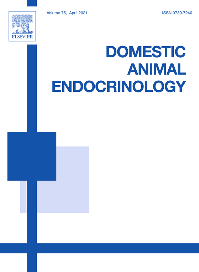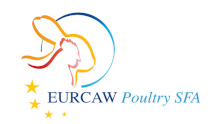Document type : Scientific article published in Domestic Animal Endocrinology
Authors: J. Ghassemi Nejad, B.-H. Lee, J.-Y. Kim, B. Chemere, K.-I. Sung, H.-G. Lee
Preview: Through the analysis of blood and hair samples, this study evaluated the effects of grazing in alpine areas on welfare indices and indicators of stress in dairy cows. Twenty-one Holstein dairy cows (body weight: 637 ± 21.5 kg; days in milk: 133 ± 17.7, and second parity) were randomly assigned to 3 groups: control (nongrazing), 12 h of alpine grazing (12 hG), and 24 h of alpine grazing (24 hG). Blood samples for plasma collection were taken for 3 consecutive days at the end of the experiment. Hair samples were collected at the beginning and end of the experiment. Hormone measurements included cortisol, serotonin, and dehydroepiandrosterone (DHEA) in both plasma and hair samples. Plasma cortisol and DHEA levels did not differ among the 3 groups, whereas the plasma serotonin level was higher in the 24 hG group than that in the other groups. The plasma cortisol to DHEA ratio was lower in the 24 hG group than that in the control and 12 hG group. The hair samples taken at the end of the experiment showed that the cortisol level was significantly higher in the control group than that in both of the grazing groups and also higher in the 12 hG than that in the 24 hG group. Hair DHEA and serotonin levels were highest in the 24 hG group. The hair cortisol to DHEA ratio was significantly higher in the control group than that in the 12 hG and 24 hG groups and in the 12 hG group than that in the 24 hG group. Our study showed that grazing dairy cows in alpine areas for 24 h improved their welfare, as indicated by increased serotonin levels in hair and plasma, increased hair DHEA level, and decreased stress indicators, including the hair cortisol level and cortisol to DHEA ratio. Farm facilities should allocate optimal grazing time for optimal welfare of dairy cows.



